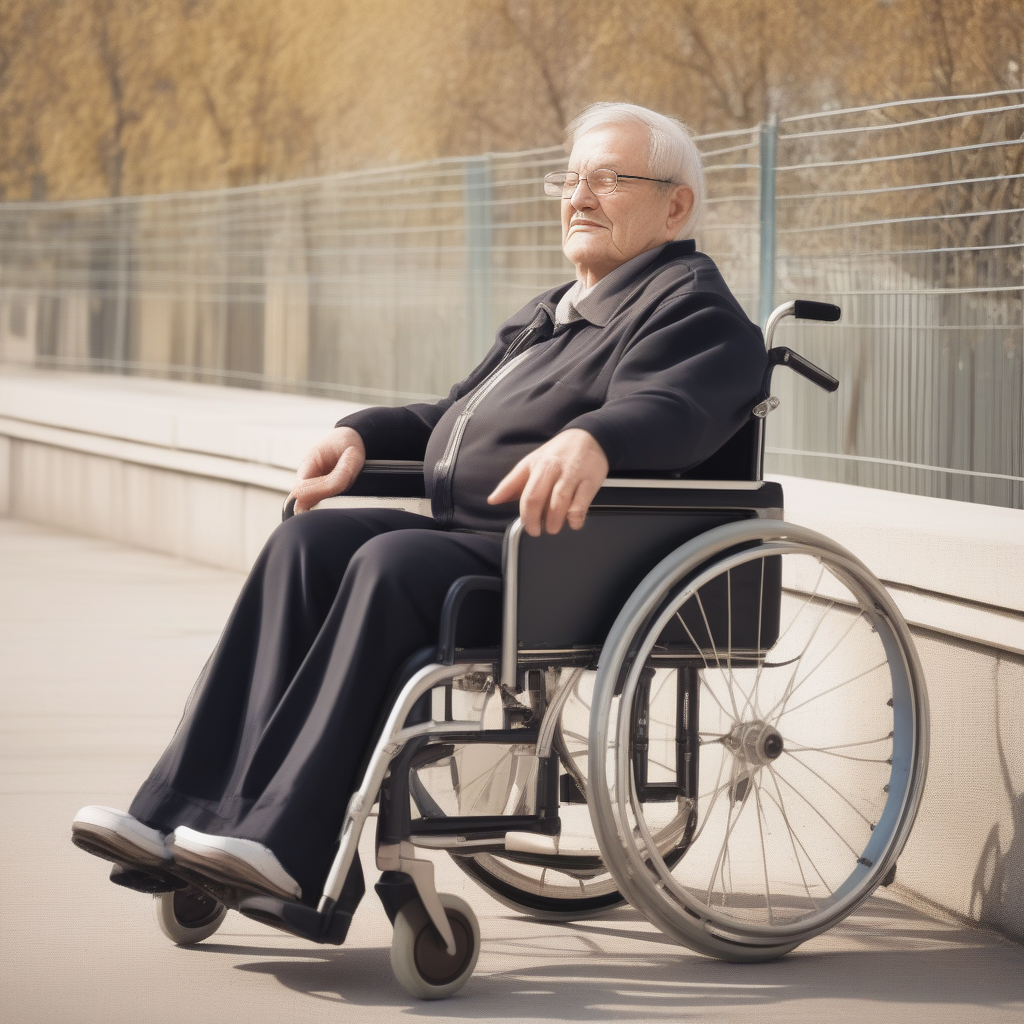Disabilities refer to physical, sensory, intellectual, or mental impairments that can affect a person’s ability to perform certain tasks or participate fully in society. They can present in various ways and impact individuals of all ages, races, and genders. Disabilities may be congenital, acquired through accidents or illnesses, or develop over time due to aging.
One common type of disability is physical disability, which affects a person’s mobility and physical functioning. Individuals with physical disabilities may use assistive devices like wheelchairs, walkers, or crutches to navigate their environment. Such disabilities can pose challenges in accessing buildings or amenities that may not be adequately equipped for wheelchair users or those with limited mobility.
Sensory disabilities include visual or hearing impairments, affecting a person’s ability to see or hear properly. Visual disabilities range from partial to complete blindness, while hearing disabilities can also vary in degree. People with sensory disabilities often rely on assistive technologies such as hearing aids, Braille systems, or screen readers to communicate and interact with the world around them.
Intellectual and developmental disabilities refer to impairments that affect an individual’s cognitive functioning, communication skills, and adaptive behaviors. Examples of intellectual disabilities include Down syndrome and autism spectrum disorders. People with these disabilities may require specialized support to learn, communicate, and engage in daily activities.
Mental health disabilities encompass a wide range of conditions that affect a person’s emotional and psychological well-being. These disabilities can include depression, anxiety disorders, bipolar disorder, and schizophrenia, among others. Mental health disabilities may impact an individual’s ability to handle stress, maintain relationships, or function in their personal and professional life.
It is crucial to recognize that disabilities do not define a person, but rather represent a unique aspect of their identity. People with disabilities possess diverse abilities, skills, and talents, just like anyone else. Society should strive to create inclusive environments that accommodate and value individuals with disabilities, ensuring equal opportunities and access to education, employment, healthcare, and recreational activities for all
